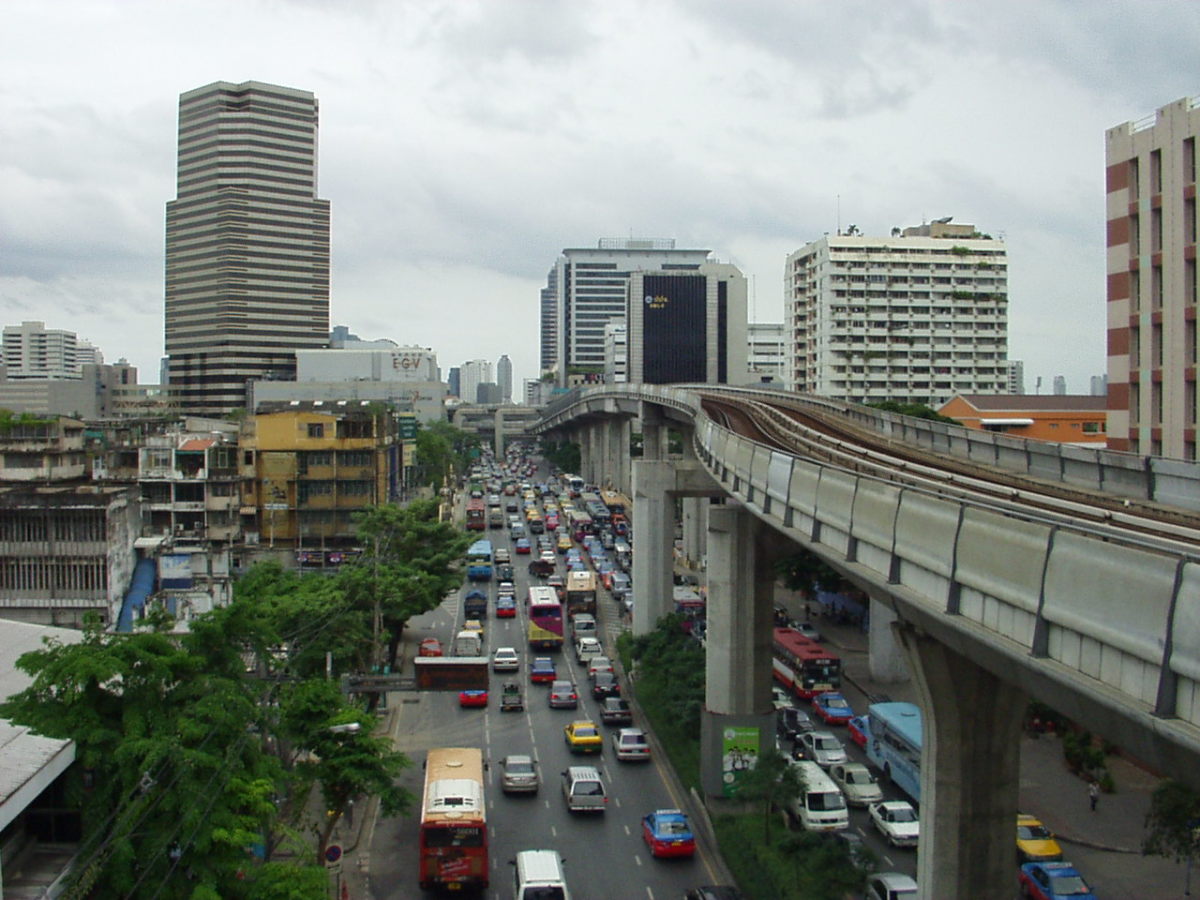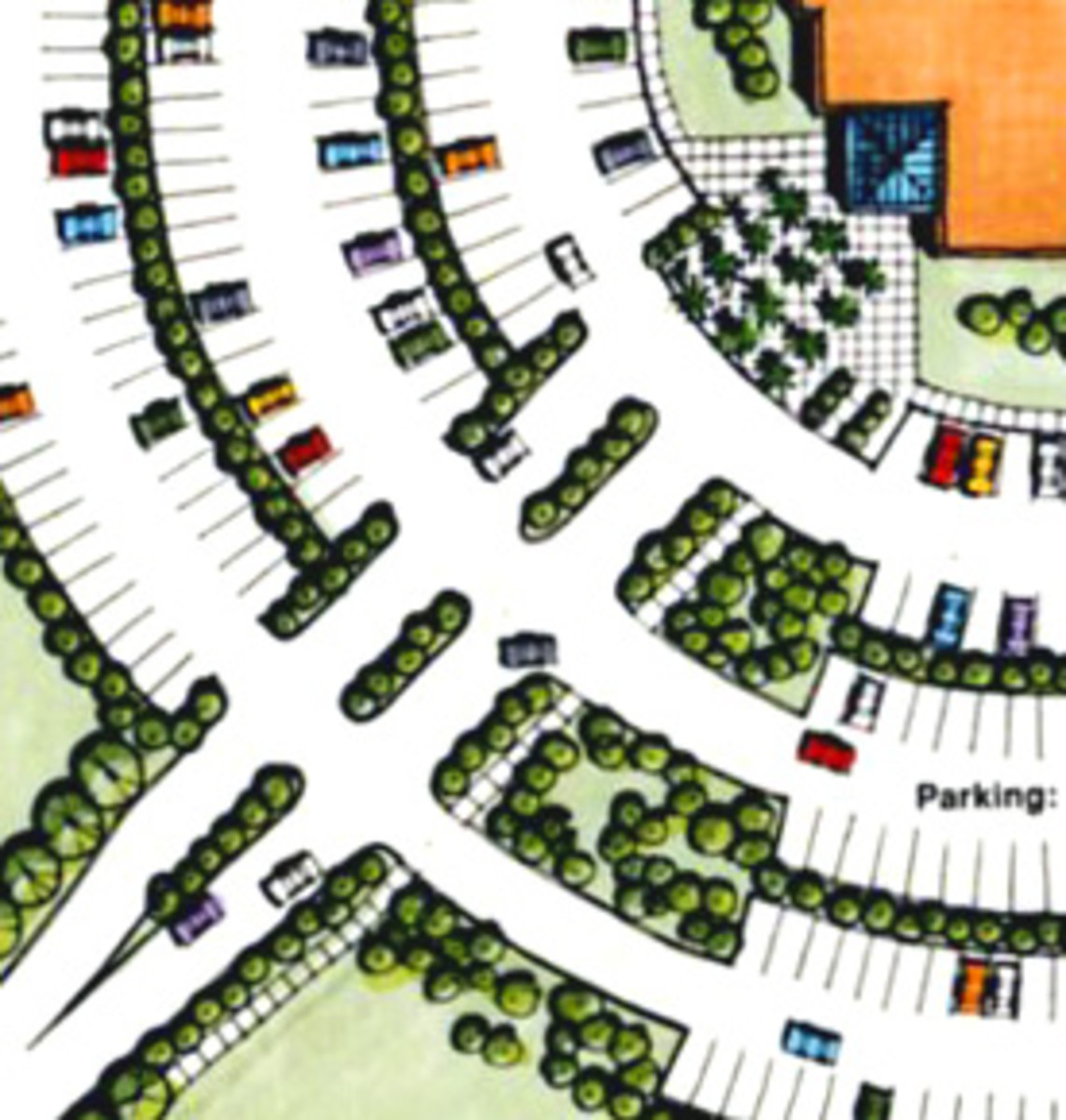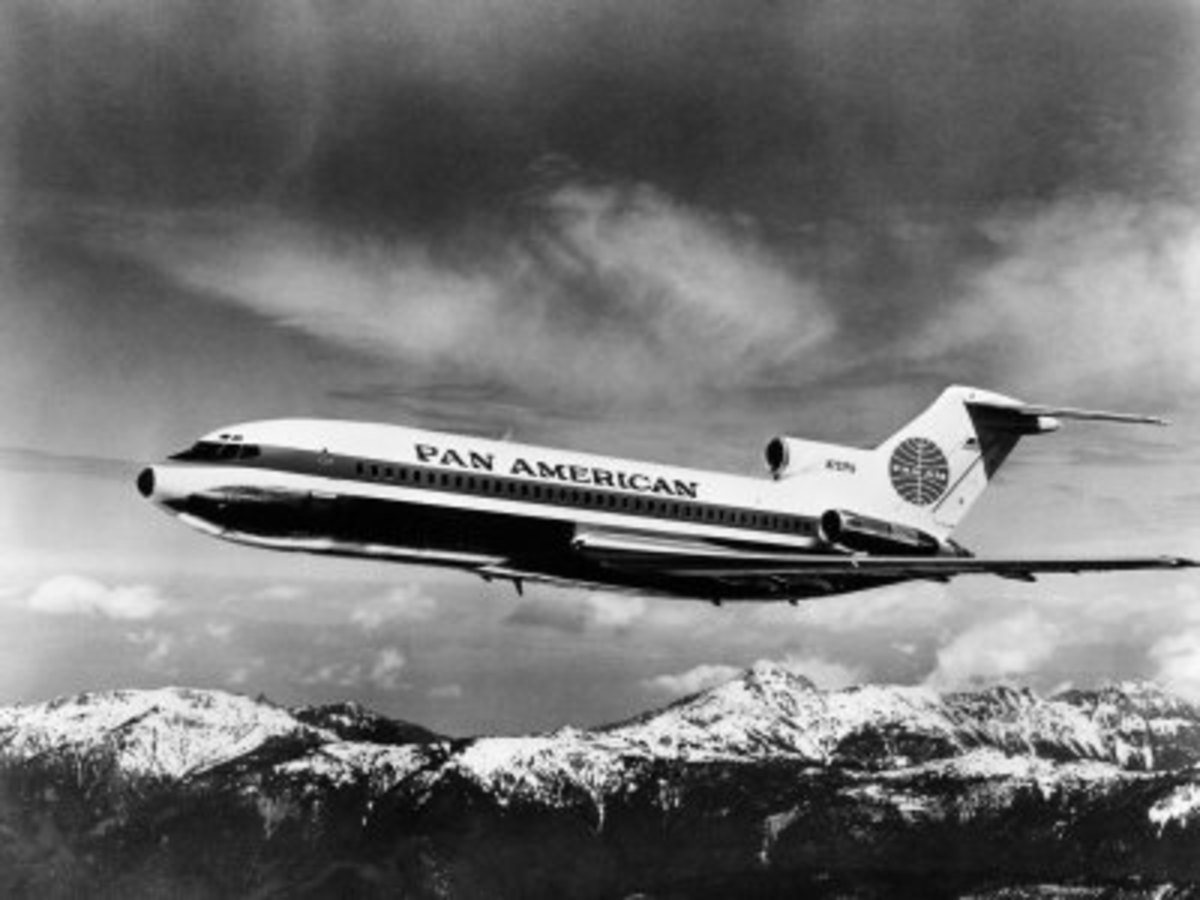Factors Impacting Transportation Management and Design
Transportation design and management accounts for around 10.5% of US spending. Traffic congestions cost people hundreds, if not thousands, of dollars each year. Over 42,000 people died in traffic-related incidents in 2004. The goal of transportation management is to decrease deaths and injuries while also reducing spending by designing more resilient, efficient, and effective infrastructure. Within this field of study, transportation managers have to understand human factors and the needs of a multi-modal community in order to effectuate the design of the best transportation system possible.
Human Factors and Vehicle Operation
Transportation accident causes can be divided into three main categories. These causes include driver error (67%), environmental factors (4%), and vehicular failure (4%). The remaining accidents are combinations of these three things. The driving task consists of the following parts: reception of information, processing of information, deciding on the information, executing a decision, and watching out for other drivers.
The driving task can also be divided into three subcategories: control, guidance, and navigation. Control is accelerating, braking, steering, and interaction with the roadway. Guidance is maintaining proper speed and direction, staying in the correct lane, avoiding obstacles, and following signs. Navigation is the utilization of maps and GPS, as well as trip planning. In an emergency situation, navigation becomes the least important subcategory whereas control becomes the most important.
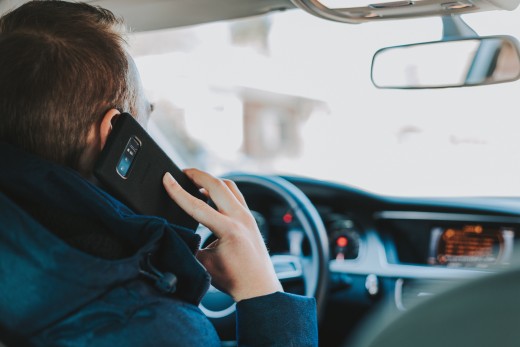
Distracted Driving
Successful driving comes from the optimum combination of the following: perception, decision, reaction, and vehicle response. It is impossible for any person to have perfect performance. Perfect performance would require meeting 100% of driving demand 100% of the time. People are often tired, stressed, distracted, or spend time thinking about other things while driving. Information processing is 90% visual and largely automatic. The demand for attention in any situation determines what and how much can be output by the driver.
In our modern world, everything around us beckons for our attention. Smartphones, computers, television, radio, and other things are all fighting for our attention. This is in addition to more traditional distractions such as children, passengers, food, and drink. It has become more challenging than ever before to be able to focus solely on one thing for any length of time. It takes a deliberate effort, self-discipline, and some strategy. I recommend turning off your phone when you drive. Put on some soothing music and strive to focus on the road ahead. Don't eat while driving and have a passenger tend to the kids when they need attention. This is so vitally important that it is literarily a matter of life and death.
Distracted driving-related deaths are on the rise. Did you know that driver distraction accounted for nearly 25% of all motor vehicle accidents in 2018? For teenagers and new drivers, this jumps to more than 58%. What's more worrisome is that since there is no testing or good reporting for distracted driving incidents, it's very likely that these percentages are lower than what they really are. For more information on distracted driving statistics, check out the National Highway Traffic Safety Administration (NHTSA) page on distracted driving: https://www.nhtsa.gov/risky-driving/distracted-driving
Transportation managers and roadway designers can't prevent distracted driving directly. However, good design of the roadways, intersections, and proper signage can go a long way to help prevent these types of accidents. In addition, transportation managers can employ various traffic calming techniques which can help keep more drivers attentive to their surroundings.
Vehicle Traffic Considerations
Roadway design is a complex operation that has to consider a lot of factors. Typically, designers look at such things as traffic volumes, traffic speed, site distances, clear zones, number of lanes, and even environmental factors. In addition to this, other things that designers look at include the amount of right of way as well as the terrain in the area. It's important to realize that there is no "standard car" and roadways must also be designed to account for vehicles of varying sizes and capabilities as well as differences among drivers themselves. Designing safe roadways is as much an art as it is a science.
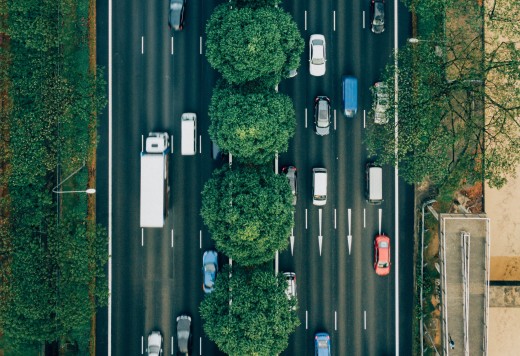
Semi-Truck Traffic Considerations
Trucks and heavy vehicles are a special subgroup when it comes to roadway design. They have trouble seeing other cars and require much larger stopping distances. They also make wide turns as well. Trucks account for a large percentage of drivers on our interstates and highways. They are essential for the continuation of our daily lives because they transport important goods to stores all around the country.
Truck drivers have to pass a more rigorous driving test than the everyday driver does. They face big challenges on the road including fatigue and strict delivery deadlines in addition to lower vision capabilities and lower vehicle maneuverability. Semi-trucks affect intersection design as well as freeway design, overpasses, and off ramps. Sight distances are important too as it takes trucks much longer to slow down and react to something on the road ahead. They often require more yellow light time and special routes to travel on when carrying hazardous cargo. Truck drivers also can’t drive as fast as the other vehicles on the road.
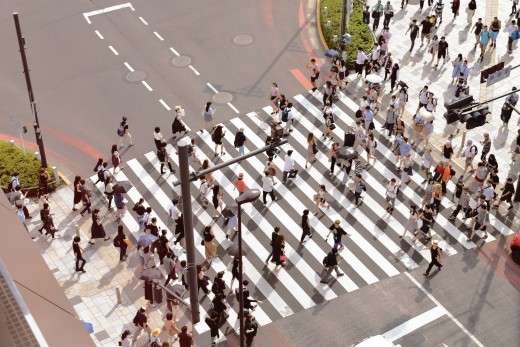
Designing for Pedestrians
Pedestrian design includes looking at everything that a pedestrian may interact with within a transportation system. This includes things like sidewalks, transitions, crosswalks, and signage as well as accessibility. In 2002 in Arizona, 166 pedestrians were killed and 1,506 pedestrians were injured in accidents involving motor vehicles. Any good design of a transportation system ensures that there is a balance between vehicular and pedestrian rights of way within any given space. For instance, one primary design consideration is that it is imperative to minimize the number of times pedestrians and vehicles cross paths.
Pedestrians have a lot of needs. They generally walk an average of 1.2 m/s, the elderly walk 0.7 m/s, and wheelchairs travel at 1.08 m/s. Crosswalks provide crossings for pedestrians. They don’t always coincide with the pedestrian’s desired location to cross the road. Crosswalks tend to be 90 degrees from the road so that the pedestrian spends the least amount of time possible crossing traffic. All pedestrian walkways need to be well integrated to provide the safest possible paths for pedestrians.
Kids are a different type of pedestrian. They are smaller in stature and much harder to see. They can easily hide behind cars and ‘pop’ out at any time. They have short attention spans and are easily distracted. They sometimes have trouble telling left from right. Children also have difficulty determining a vehicles speed from a distance. Their hearing isn’t as good as adults and they may have trouble determining the direction that a sound is coming from. Kids make quick decisions and are more likely to cross the street without looking or even cross an intersection on a red light. And finally, children also have a poor understanding of how traffic control devices work and their purpose.
Kids aren’t the only ones with special needs. The elderly also have problems that need to be considered with transportation design. They tend to have trouble gauging gaps in traffic and they move slower than younger people. They elder often have trouble seeing or hearing and sometimes they assume that the traffic will yield for them. This may cause them to cross mid-block or cross when there is traffic because they’ve become impatient.
Designers of roadway and intersection improvements often need to do a survey to determine how much pedestrian traffic is expected at a given location. Many things cause pedestrian traffic, this includes retail businesses, schools, recreation areas, parks, and etc… Areas that experience overall better weather and good planning for pedestrians will also have a higher pedestrian population.
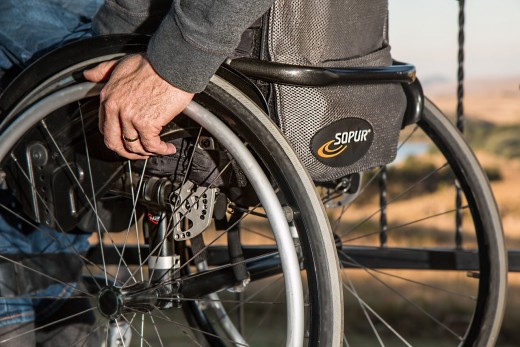
Americans with Disabilities Act (1990)
The Americans with Disabilities Act (ADA, 1990) did a lot of good. It made everything fair for everyone. Prior to this act, the only laws on the books dealing with disabilities included the Architectural Barriers Act and a Rehab Act. The ADA requires that all new buildings funded by public money to be made accessible for those with disabilities. All existing buildings also needed to develop a plan to make it more accessible for users with disabilities. They goal is to ensure that individuals with disabilities are not excluded from programs, services, and activities (pedestrian facilities are an example of a program).
Any facility altered or constructed after January 26, 1992, must comply with ADA accessibility guidelines (ADAAG). Resurfacing a roadway or upgrading a transportation system constitutes an alteration; therefore all neighboring construction must be made accessible. Sidewalks should be designed to be accessible by installing ramps and proper transitions at crosswalks and driveway intersections.
Designing for the ADA is important because 20% of the US population is disabled. Approximately 17 million Americans have a hearing disability, and 10-12 million have a vision-related disability. Furthermore, about 70% of the population will experience some form of disability within their lifetime. ADAAG not only helps the disabled, but it also helps make life easier for delivery people and for parents pushing strollers or pulling wagons.
However, designing for ADA considerations is more than just installing ramps. In fact, designers must also consider information barriers that may restrict an individual’s ability to use the information contained within the street, sidewalk, roadway and trail environment. Examples of an information barrier include lack of sidewalks, obstacles like fire hydrants and trees, complex traffic flow, sight visibility problems, nonstandard locations for pedestrian features, poor crosswalk to sidewalk alignment, and noisy intersections. New cars that are too quiet to hear can also present a problem to pedestrians both with and without disabilities.
In addition to information barriers, designers need to consider movement barriers as well. A movement barrier is anything that restricts an individual’s ability to move or progress along in the environment. Examples include rough terrain, litter, obstacles, light posts, fire hydrants, benches, parked cars, mailboxes, no curb ramps, improper drainage, narrow pathways, fences, and vending machines. Typically, designers must employ a minimum clearance within any area designed for use by pedestrians in order to eliminate movement barriers.
© 2018 Christopher Wanamaker

